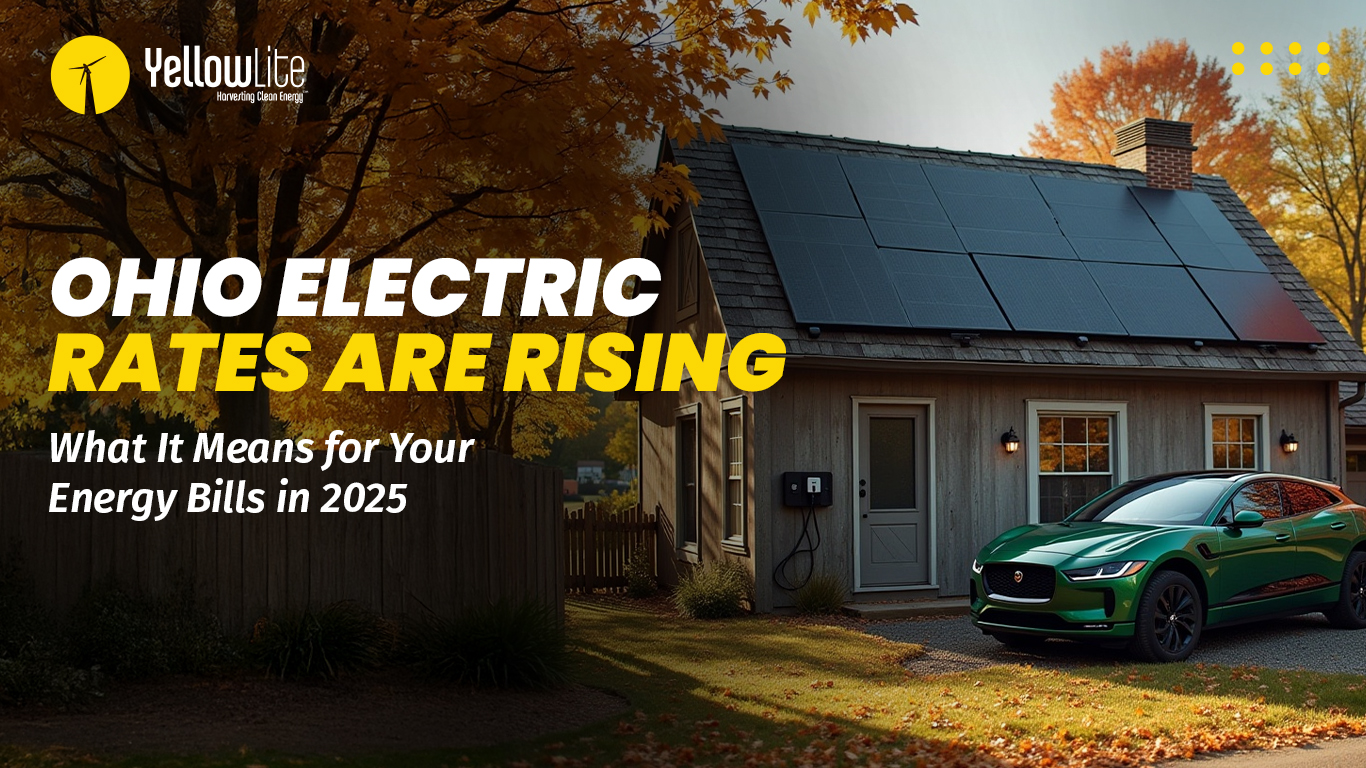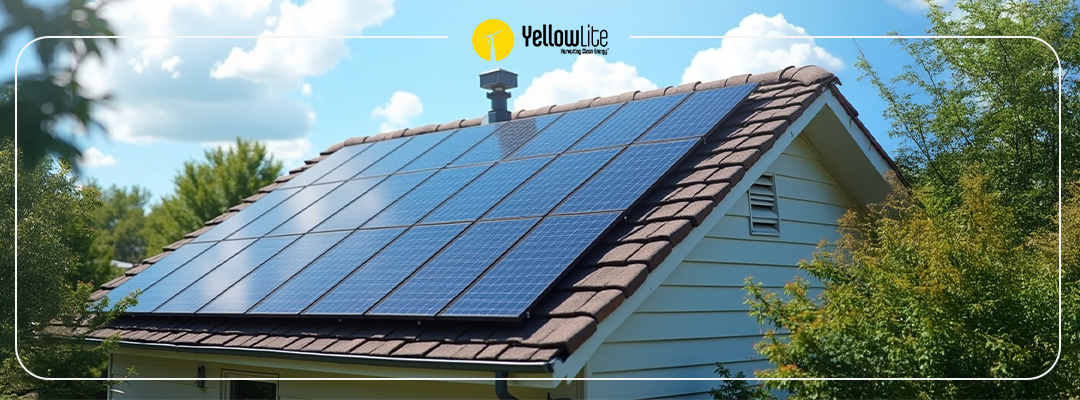What Is The REAP Program And How Can It Help Ohio Farmers?
In 2014 Congress passed the Agricultural Act of 2014 that authorizes nutrition and agriculture programs in the United States for the years 2014-2018. The Farm Bill, as it is called, is published every five years. This version of the Farm Bill authorized $956 Billion in spending. SNAP benefits constitute roughly 80% of the spending, and other provisions include crop insurance, conservation, commodity programs, and a number of other programs.
Part of the Agricultural Act of 2014 were provisions for energy creation and distribution. This section is called the Rural Energy for America Program or REAP. REAP provides guaranteed loan financing and grant funding to agricultural producers and rural small businesses to purchase or install renewable energy systems or make energy efficiency improvements. In order to apply you have to be an agricultural producer with at least 50% of gross income coming from agricultural operations or a small business in eligible rural areas. So if you are an agricultural developer in a rural area you are eligible to purchase solar equipment.
What Funding is available?
- Loan guarantees on loans up to 75% of total eligible project costs.
- Grants for up to 25% of total eligible project costs
- Combined grant and loan guarantee funding up to 75% of total eligible project costs.
How may the funds be used?
In this case, among many energy generation and energy efficiency uses, the installation and purchasing of solar generation equipment is what is relevant.
What are the loan guarantee terms?
- $5,000 minimum loan amount.
- $25 million maximum loan amount
- Up to 85% loan guarantee.
- Rates and terms negotiated with the lender and subject to USDA approval
What is an eligible area?
Businesses must be in an area other than a city or town with a population of greater than 50,000 inhabitants and the urbanized area of that city or town. Below is a chart showing a visual representation of who is eligible. Ineligible areas are shaded in orange and are clearly surrounding major urban areas such as Cleveland, Columbus, Cincinnati, Toledo, Youngstown, and Akron/Canton. All other areas are eligible to apply for the grant. Here is the map:
Program Status
How much funding was given to REAP? Not a lot in comparison to the total outlay of the Agricultural Act of 2014. Reap was funded nationwide to the tune of $63 million for around 264 renewable energy and energy efficiency projects. These projects were expected to generate or save 207,800,000 kWh of electricity, enough to power more than 19,175 homes for a year. How big is the market for REAP going forward? It is going to be around $50 Million per year nationwide.
What about in Ohio? In speaking with the REAP energy coordinator we were told that Ohio would get just under $1 Million per year. This is enough to fund around 18-20 projects per year through the grant program. The program's true value is the loan guarantee. The REAP loan guarantees up to 75% of the cost of the project for up to 30 years. So farmers are counting on the 30% Federal Tax Credit to reduce the size of their purchase and the REAP loan guarantees to finance the project at an affordable rate over the course of several decades. That is where the program is set to make its mark.
The paperwork can be time-consuming and confusing. A good solar installation company in Ohio can process the paperwork for you, install your solar electric system, and make sure you get the best loan and financing rate available. Ohio farmers deserve a homegrown Ohio installer who knows and understand their needs. Here is the application form.
Solar Guaranteed Loan Financing Example
Here we will see what happens with the Installation of a 65 kW Solar PV System. The project costs are expected to be $150,000. This is an example to show how beneficial the REAP program can be.
Financing scenario:
- Installation of 65 kW Solar PV System
- Project costs: $150,000
- Financing of breakeven scenario:
– Tax Credit @ 30% = $45,000
– REAP Loan Guarantee $112,500 @ 4.5% fixed / 15 years = $866/month
– Energy generated 78,000 kWh/ year = $10,530 ($0.135/ kWh) $877/ month
– Does not account for depreciation (improves return on investment)
– Does not account for anticipated increases in energy costs (2% increase per year?)
– Hedge against increases in energy costs.



